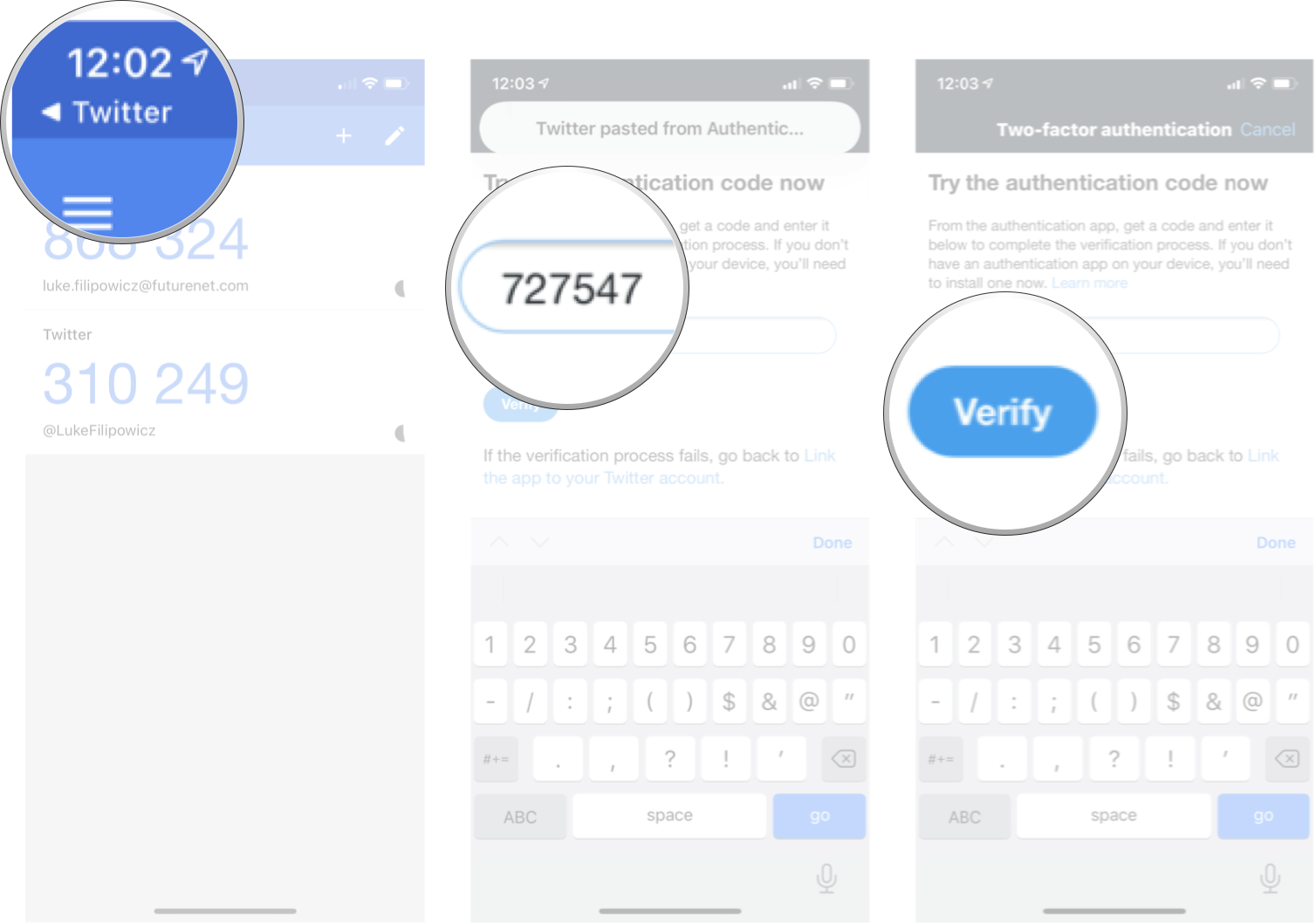

- TWITTER FOR MAC COULD NOT AUTHENTICATE YOU ANDROID
- TWITTER FOR MAC COULD NOT AUTHENTICATE YOU SERIES
- TWITTER FOR MAC COULD NOT AUTHENTICATE YOU WINDOWS
Use the no form of the command to disable MAC address moves between ports under MAC authenticated control.Įven without this option the procurve switch does make a re-authentication and the MAC is validated, how it should be. At least two ports (from ports and to ports) must be specified. Under the Accounts menu, you need to navigate to ‘Security’ and tap on the ‘Login Verification’ checkbox to kickstart the process.
TWITTER FOR MAC COULD NOT AUTHENTICATE YOU ANDROID
When disabled, the switch does not allow moves and when one occurs, the user will be forced to re-authenticate. Open the Twitter app ( Free) on your Android device, swipe towards the right to open the hamburger menu and tap on the Settings and privacy option at the bottom and go to the ‘Account’ section. When enabled, the switch allows addresses to move without requiring a re-authentication. aaa port-access mac-based Īllows client moves between the specified ports under MAC authenticated control.

TWITTER FOR MAC COULD NOT AUTHENTICATE YOU SERIES
Even in my humble opinion it's also clearly a bug, the switch doesn't work as expected, it makes no difference if there are more switches behind a port, a moving MAC should trigger re-authentication or should simply passed on to the new port.įor the procurve series exists a special option for this:Īllowing addresses to move without re-authentication but let me know your thoughts.Īnd thank you for the quick reply. I have raised a support ticket for this, as I think it's a bug. The mac address continues to be listed as attached to the original port, even though it's been moved. When the re-auth period comes around the switch continues to authenticate the device on the old port it's no longer connected to.

It is never authenticated in the new port. This is necessary because in many locations we're using mini-switches like the NJ5000 to provide additional connections.Įverything works just fine until a device that was plugged into a daisychained switch (be it an NJ5000 or a phone) is moved to another port on the same switch or IRF.Īt this point because the original port doesn't go down, the mac-authentication doesn't detect the device has moved. Using hybrid ports to assign vlans to mac addresses, so we can have multiple devices on different vlans through the same port. I'm experiencing a curious mac-auth issue, which I think is a bug but wondered if I'd missed a command.
TWITTER FOR MAC COULD NOT AUTHENTICATE YOU WINDOWS
Reply: 'HTTP/1.1 200 OK\r\n'On my NAS (not OK) Smart card authentication is now supported via the use of the KDC proxy service, a key component in the Remote Desktop Services Gateway role in Windows Server 2016 and later. I have dug deeper into this and enabled debug output in Tweepy.


 0 kommentar(er)
0 kommentar(er)
